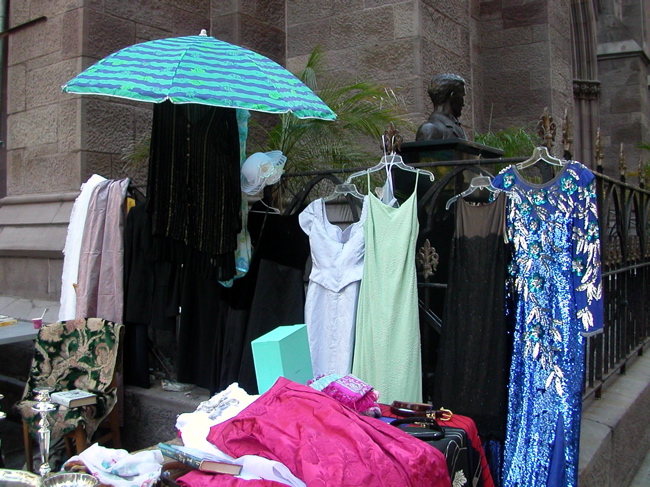The New York of Edith Wharton's The House of Mirth: Introduction to a Walk
 |
| From House of Mirth |
At the beginning of Edith Wharton's 1905 novel, The House of Mirth, Lily Bart strolls up Madison Avenue on the arms of Lawrence Selden, her most indecisive suitor, but toward the end of the story, she walks alone. It's an important distinction, strolling versus walking. I recently re-read this celebrated turn-of-the-century story of a beautiful 29-year-old socialite's precipitous decline down the New York social ladder by focusing on how much is revealed about the real New York City of 1900-1901, the years the novel is set, and on how the main character walks. It's a peculiar way to read a novel, I know, but whether one strolls or walks in the heyday of the flâneur reveals much about individual fortunes and social class.
Wharton sets most of the novel along or near Fifth Avenue and Madison Avenue, generally north of Grand Central Station. The novel begins in Grand Central, not the terminal we know today but the station that preceded it. There, Lily, an unmarried 29-year-old in distress (experiencing a simmering crisis which we'll learn about soon enough), runs into her confidante and friend. The tale encompasses a much larger world than the city, with critical scenes set in fashionable resort areas of the East Coast and in Europe. In Book Two, however, as Lily falls from the world of fashion into commerce, Wharton opens up the novel to shed some light on the dark side streets of the metropolis. In Wharton's New York of 1900, no one strolled on the streets of the 30s or 40s west of Sixth Avenue. They only walked.
Image: flea market on W. 25th Street next to the Serbian Orthodox Church of St. Sava, at 15 West 25th Street. In 1885 the church was Trinity Chapel, and it's where Edith Jones married Teddy Wharton on April 29, 1885. The bust in front of the church (seen in the background here) is of Nikola Tesla.
See New York 1900: Edith Wharton and The House of Mirth, A Walk and a Map for the several related posts.






Comments
Post a Comment